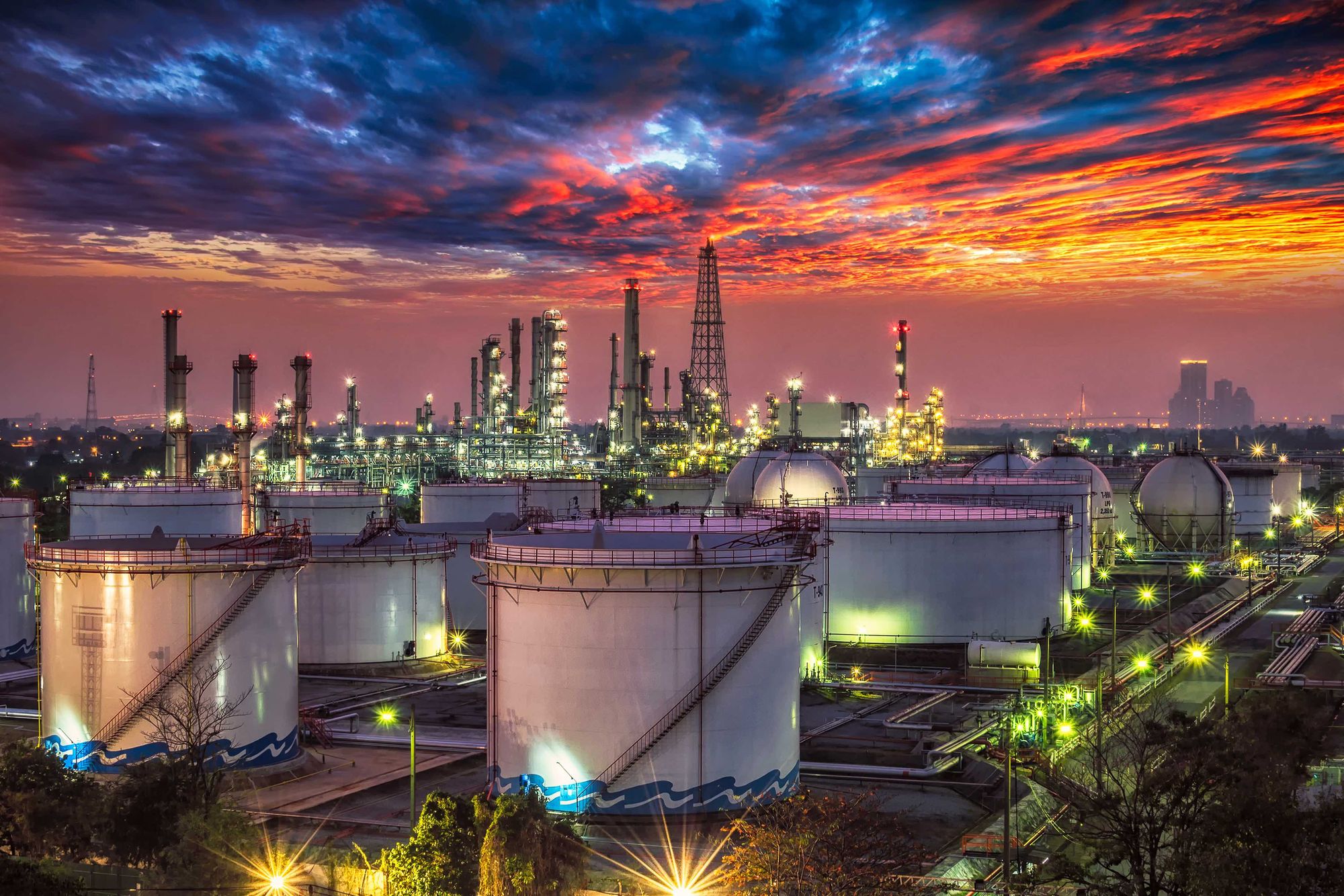War & Energy Prices.
The Russian invasion of Ukraine is unsettling the world’s energy markets.

"Change is inevitable. Growth is optional." -John Maxwell
The Russian invasion of Ukraine is unsettling the world’s energy markets. West Texas Crude was trading at $114 early this morning (3-4-22). We warned last October 4th that our “crowd model” indicated upward price pressure in crude and natural gas. The war in Ukraine added fuel to already rising prices. Why?
Our October Assessment of Rising Price Pressures in Oil & Nat Gas

Russia is the world’s third-largest producer of petroleum and other liquids (after the United States and Saudi Arabia); it had an annual average of 10.5 million barrels per day (b/d) in total liquid fuels production. Russia is the second-largest producer of dry natural gas (second to the United States), at about producing an estimated 22.5 trillion cubic feet (Tcf).
The Result of Oil Price Pressures + Uncertainty Bought by War

Domestic companies dominate most of Russia’s oil production. Approximately 81% of Russia’s total crude oil production in 2020 came from Russian firms Rosneft, Lukoil, Surgutneftegas, Gazprom, and Tatneft.3
Uncertainty triggers oil & natural price spikes when a very large producer of energy becomes embroiled in a conflict potentially stemming the flow of hydrocarbons. Especially when stories float around like the one below from Reuters suggesting sanctions on Russian oil and gas flows.
WASHINGTON, March 2 (Reuters) – The United States is open to imposing sanctions on Russia’s oil and gas flows but going after its exports now could help Moscow, the White House said on Wednesday as oil prices surged to an 11-year high and supply disruptions mounted.
After Russia’s invasion of Ukraine, the White House slapped sanctions on exports of technologies to Russia’s refineries and the Nord Stream 2 gas pipeline, which has never launched. So far, it has stopped short of targeting Russia’s oil and gas exports as the Biden administration weighs the impacts on global oil markets and U.S. energy prices.
Russian exports of oil and natural gas are an essential source of hard currency that helps cover the cost of importing manufactured goods. Here is the problem with sanctioning Russian oil and gas flows.
Yes, cutting Russia off from the global financial system would devastate the Russian economy and impose severe hardship on the Russian civilian population. But it would also force Europeans to dramatically slash their energy consumption. Europe imports 40 percent of its natural gas from Russia, and many states have significant trade and investment exposure to Russian markets.
More importantly, these energy and economic ties do not impact all European countries equally. As it has in the past, the Kremlin will try to exploit these differences to sow disunity in the EU’s response to the invasion. A divide and conquer strategy. If Russia can use its energy leverage to persuade Germany or Italy to withhold support for the toughest sanctions, it could give Moscow a way to withstand the economic consequences of its invasion.
Let’s break down Moscow’s leverage. Natural gas has long been recognized as Russia’s most potent economic leverage in Europe. Despite the EU’s best efforts to reduce its reliance on Russian supplies a critical dependence or reliance remains.
Moscow’s ability to exploit that reliance is exacerbated by wide disparities among member states’ needs.

To get a better sense, I have overlaid a map with Russian natural gas reliance in black for those with small reliance issues and red for those countries chained to the Russian gas flow. The data is unsettling. I want to point out that Ukraine gets no natural gas from its invading neighbor but it does buy natural gas from the EU.
Dependence on Russian Natural Gas 2020 (% reliance on Russia)

The reliance on Russian natural gas makes the threat of sanctioning or cutting off natural gas supplies a little dicey. The geopolitics of energy trumps most issues. Including moral outrage over a brazen power grab in Ukraine. Also, please note the graph (Figure 3) below. Russia has a lot of natural gas according to the EIA.

Expect the international political & economic landscape to be generationally shifted by Russia’s naked land grab in Ukraine. The political & military calculus in Ukraine has always been dicey.
The good people of Ukraine deserve freedom and stability from oppression. In this case, they will have to fight for it. Please pray for the people of Ukraine. Warzones are not pretty places.
Switching back to oil, the production from the world third becomes suspect for any reason, prices will skyrocket. Sanctions or further escalation or broadening of the Ukrainian conflict potentially imperils Russia’s oil flow. War’s toll on energy for the US homefront means the average American will pay higher gasoline prices at the pump for the foreseeable future. Higher oil prices translate to higher gas prices at the pump. (See below) A close of $3.53 a gallon on the futures market = $4.00 at the pump.
Gasoline Prices Closing in on 2008 Highs

Sorry to give you bad news for the weekend, but I thought you needed to know the “why” of higher gasoline prices and the geopolitical calculus in Europe as it comes to terms with the Russians storming the world stage with the invasion of Ukraine.
Until next time. Travel safe. And, I stand with Ukraine.
3Based on 2020 crude oil and condensate production data provided by Rystad Energy, accessed September 15, 2021.

